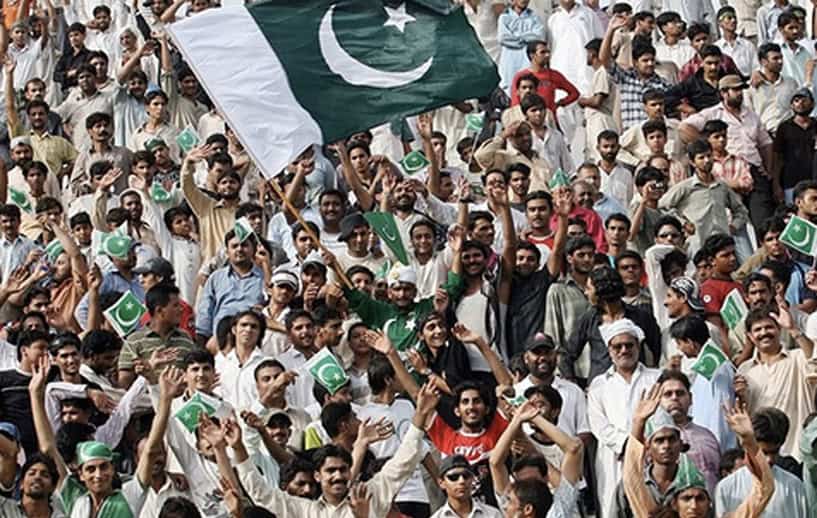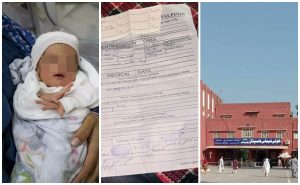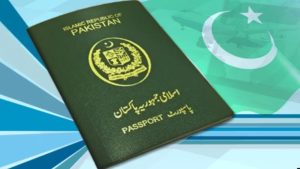ISLAMABAD – The population of Pakistan has risen to 207.8 million with an increase of 75.4 million people within 19 years, according to the provisional summary results of the 6th Population and Housing Census 2017.
The data, that has been approved by Council of Common Interests (CCI) shows that the country’s predominant majority 63.6% (132.189 million people) still lives in rural areas.

The urban population stood at 75.58 million, which is roughly 36.4% of the country’s total population. In 1998, the share of urban population was 32.52%.
This ratio was 65.6% in 1998 when the last head count was conducted. Compared with the results of the last census there was a 57% increase in the population at an annual rate of 2.4%.

The final results will be available next year, but the provisional statistics also point toward a skyrocketing population, which if not utilized in a positive manner could transform into a burden.
Pakistan Bureau of Statistics conducted the census in Azad Jammu & Kashmir and Gilgit-Baltistan as well but did not release their results as part of the country’s population due to their disputed status. 
Male Vs Female Population
Women’s share in the total population has increased about 1% during the past 19 years.
The female population stands at 101.314 million, which is 48.8% of the total headcount, according to the 2017 results.
In 1998, the female population ratio was 47.9%. On the other hand, the male population has increased to 106.449 million or 51.2%. Meanwhile, there are 10,418 transgender (0.05%) in the country.
Let’s take a look at the provincial share of the population.
Punjab
The most populated province is still the Punjab province as stats show 110.1 million residents or 52.94% of the total population.
The province’s population in past 19 years increased 36.4 million, which was 49.4% higher than 1998 statistics.
The province is a stronghold of ruling Pakistan Muslim League Nawaz that is holding the power from last 9 years.
Sindh
Governed by Pakistan Peoples Party from last 9 years, Sindh remained second most populated province with 47.886 million people, which is 23% of the total population.
Sindh’s population grew by 57.3% or 17.44 million during past 19 years.
Khyber Pakhtunkhwa
The population of Khyber-Pakhtunkhwa, currently governed by Pakistan Tehreek-i-Insaf stood at 30.523 million –which was 14.69% of the total population.
Its population grew by 12.78 million or 72% — the second maximum increase.
Balochistan
The province, biggest in terms of area saw a swell of 5.8 million or 88% in past 19 years with current population standing at 12.344 million or 5.94% of the total population.
Interestingly, the violence-torn province saw a maximum increase in the population of any federating unit in terms of percentage, as compared with the last census conducted in 1998.
ICT
Islamabad Capital Territory population stood at 2 million, which was 1.2 million higher than the 1998 census.
In terms of percentage, it grew by 149%.
FATA
The population of Federally Administrated Tribal Areas stood at 5.1 million. There was a 1.8 million increase in the population of the autonomous region.
Sixth Census
Pakistan Bureau of Statistics had conducted the exercise in two phases across Pakistan under the supervision of the military.
The population results will be used to determine federating units’ share in federal resources, allocations and delimitation of National Assembly and provincial assemblies seats and determination of provincial job quotas.














